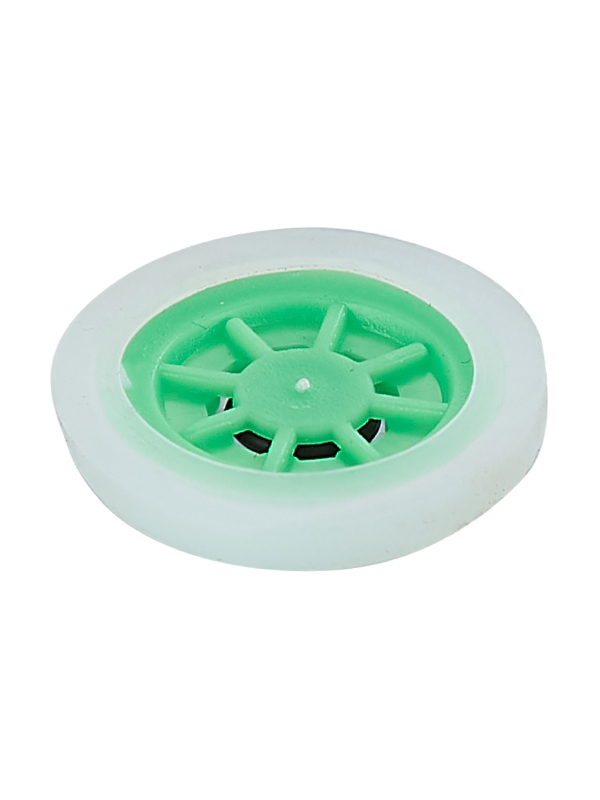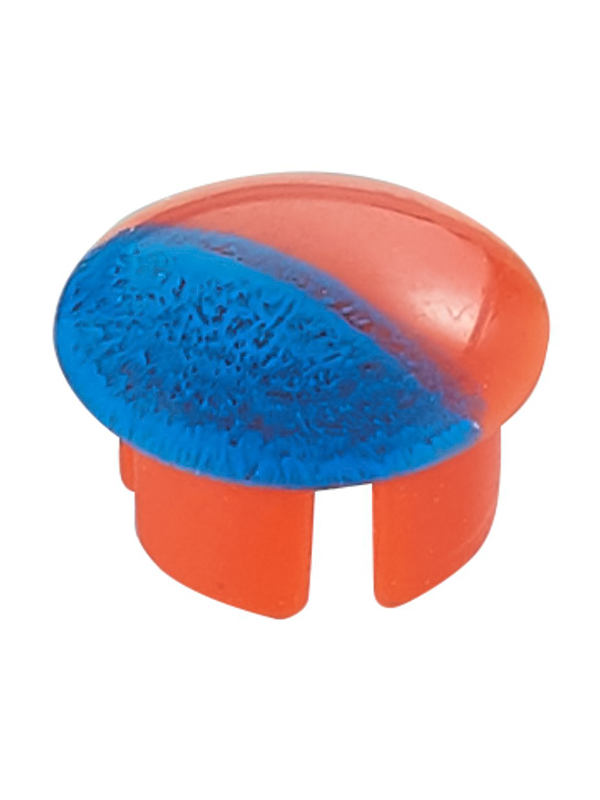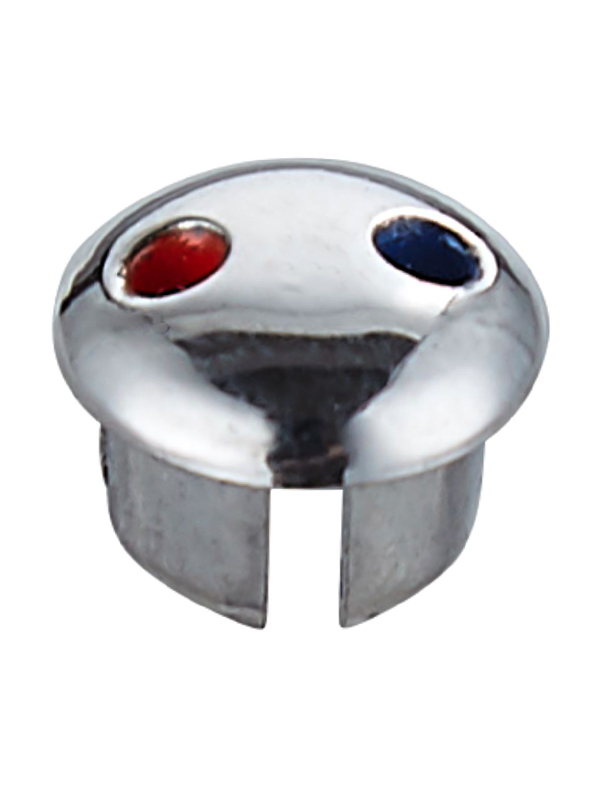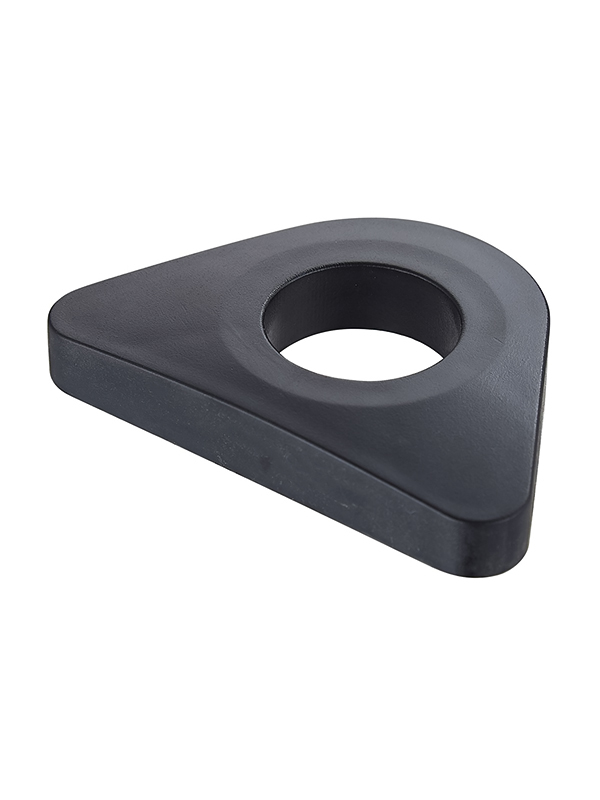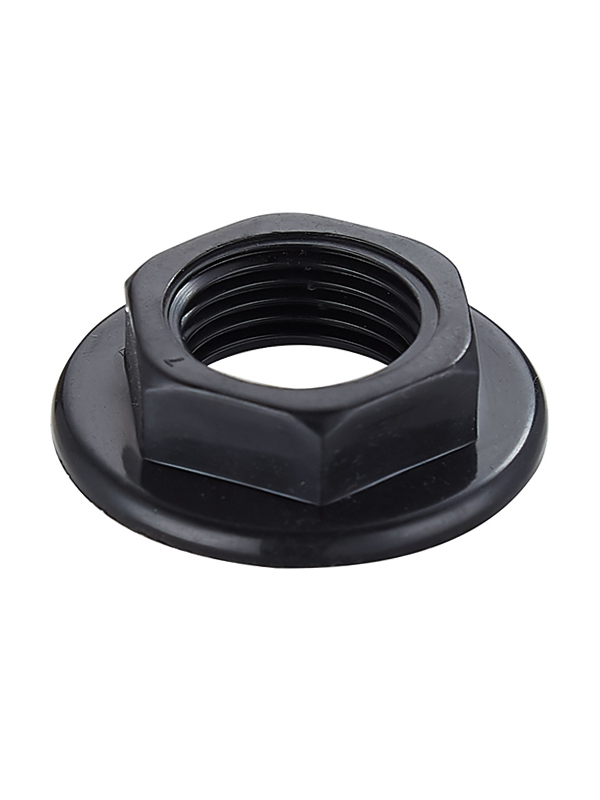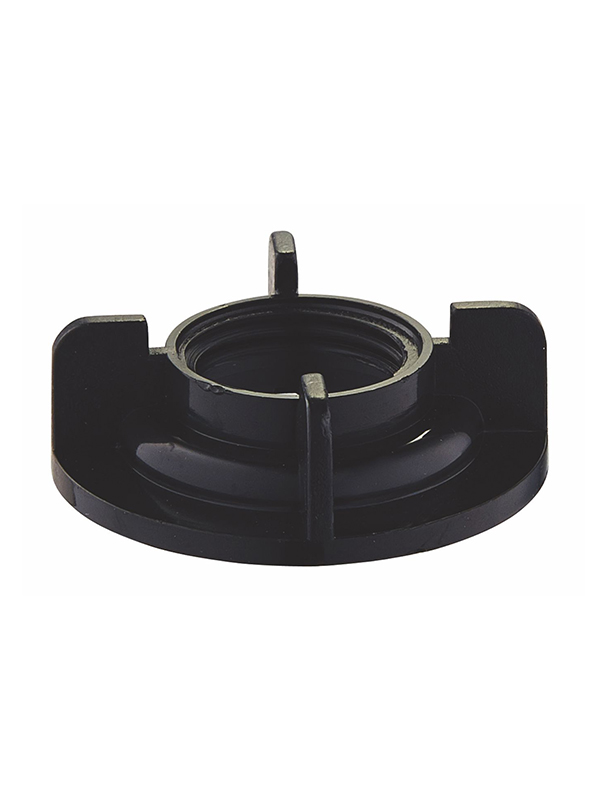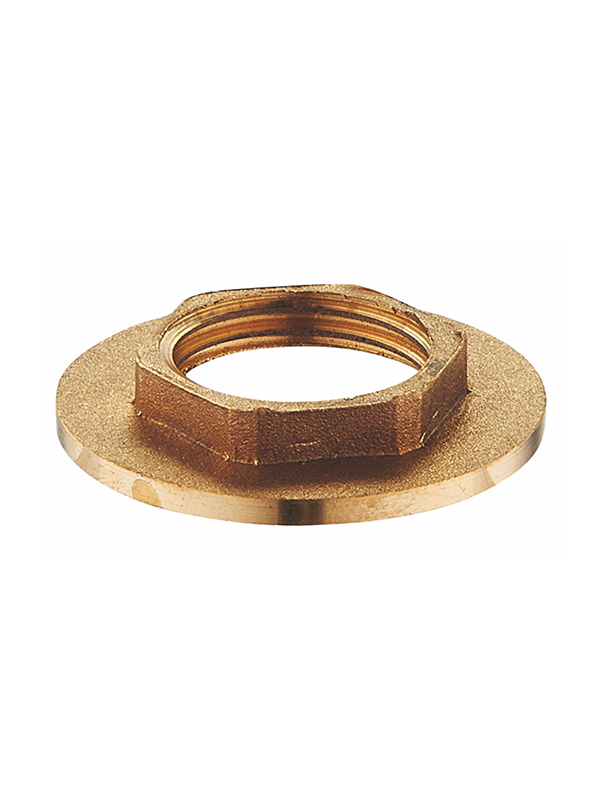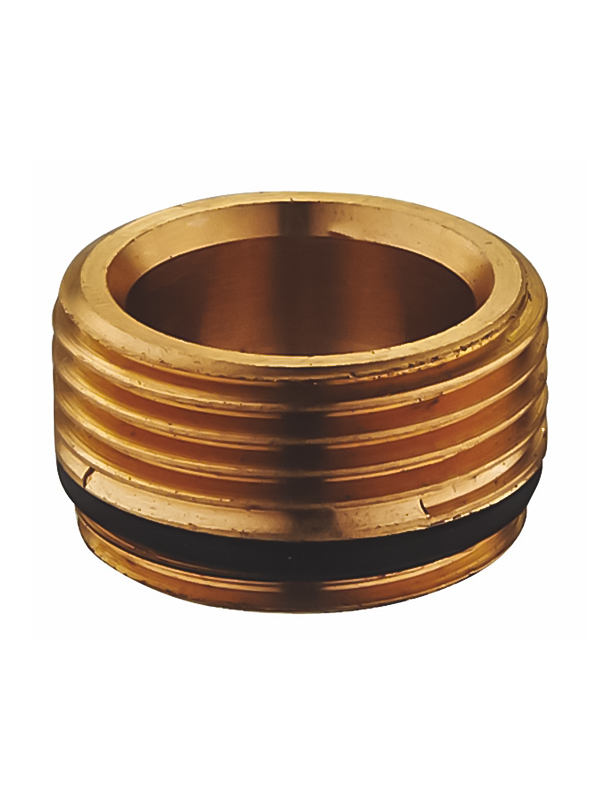In the world of bathroom design and home renovation, the bath faucet stands as a critical component that marries essential functionality with significant aesthetic influence. This central fixture, responsible for controlling water flow into the bathtub, has evolved from a simple utilitarian device into a key element that can define the style, comfort, and efficiency of the entire bathing space. The ongoing development of bath faucet designs and technologies reflects a focus on enhancing the user experience, promoting water conservation, and integrating seamlessly with diverse interior décors.
The primary role of any bath faucet is to provide a reliable and easy-to-control mixture of hot and cold water for filling the bathtub. Modern bath faucet designs prioritize user comfort and safety through ergonomic handles and clear, intuitive markings. The widespread adoption of pressure-balancing valves in bath faucet mechanisms helps to prevent sudden temperature shifts, offering a safer bathing environment, particularly for households with children or elderly members.
From a design perspective, the bath faucet serves as a prominent visual anchor in the bathroom. Its selection can establish the room's overall character, with styles ranging from traditional pillar taps with cross handles to contemporary waterfall spouts and smallist single-lever models. The finish applied to a bath faucet—whether polished chrome, brushed nickel, or matte black—provides an opportunity to coordinate with other bathroom fixtures and accessories, creating a cohesive and thoughtfully designed space. The choice of a wall-mounted versus a deck-mounted bath faucet also significantly impacts the bath's layout and visual appeal, offering different solutions for various architectural and design preferences.
Technological integration is becoming an increasingly common feature in the bath faucet market. Digital bath faucet systems are emerging, allowing users to pre-set water temperature and flow volume with precision. Some advanced bath faucet models incorporate therlots ofatic controls that maintain a chosen temperature consistently throughout the fill cycle. While traditional designs remain dominant, these smart bath faucet options appeal to homeowners seeking enhanced convenience, personalized settings, and modern luxury. The development of these features demonstrates the potential for innovation even within a classic bathroom fixture.
Water efficiency is another important area of focus for bath faucet manufacturers. In response to environmental concerns and regulatory standards, many contemporary bath faucet models are engineered to deliver a satisfying flow rate while conserving water. This is frequently achieved through the integration of aerators and flow restrictors that mix air with water, maintaining the perception of a full, robust stream while reducing overall consumption. For many consumers, the environmental performance of a bath faucet is a significant factor, aligning their purchasing decision with a desire for more sustainable living practices without compromising on comfort.
The bath faucet remains an indispensable element in the bathroom, balancing practical needs with design aspirations. It is a fixture that directly influences the daily ritual of bathing, turning a simple task into an experience of relaxation and rejuvenation. As material technologies and smart features continue to advance, the bath faucet will undoubtedly continue to evolve, yet its core purpose will persist: to provide a dependable, aesthetically pleasing, and comfortable means of controlling water, thereby enhancing the functionality and atmosphere of the personal sanctuary that is the modern bathroom.

